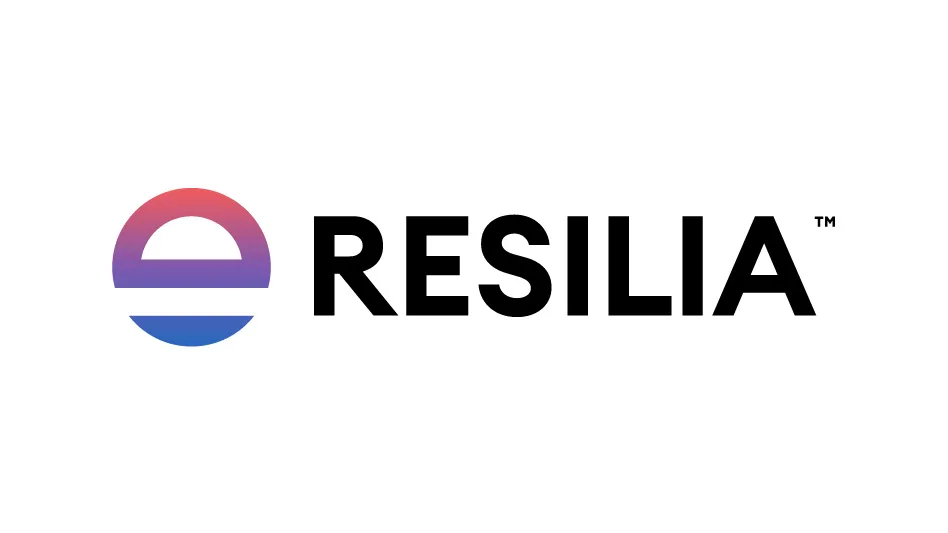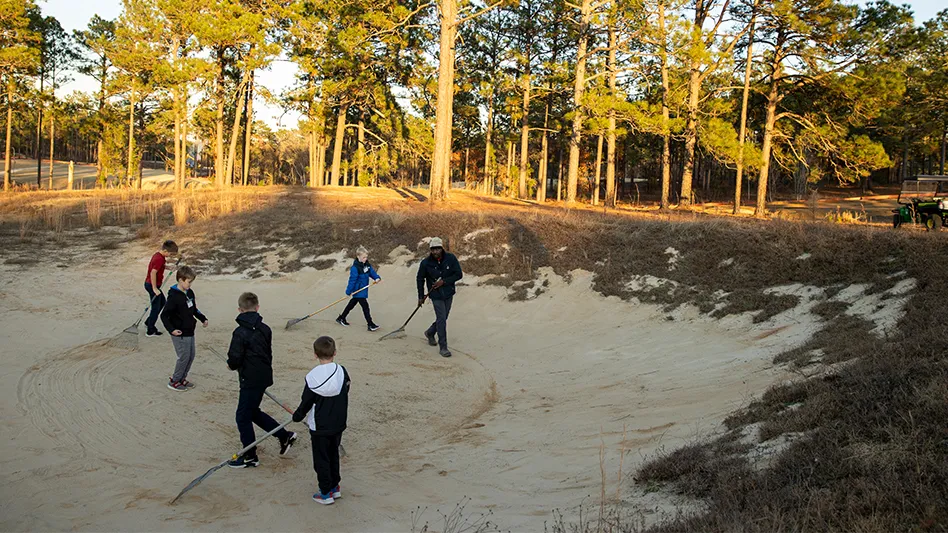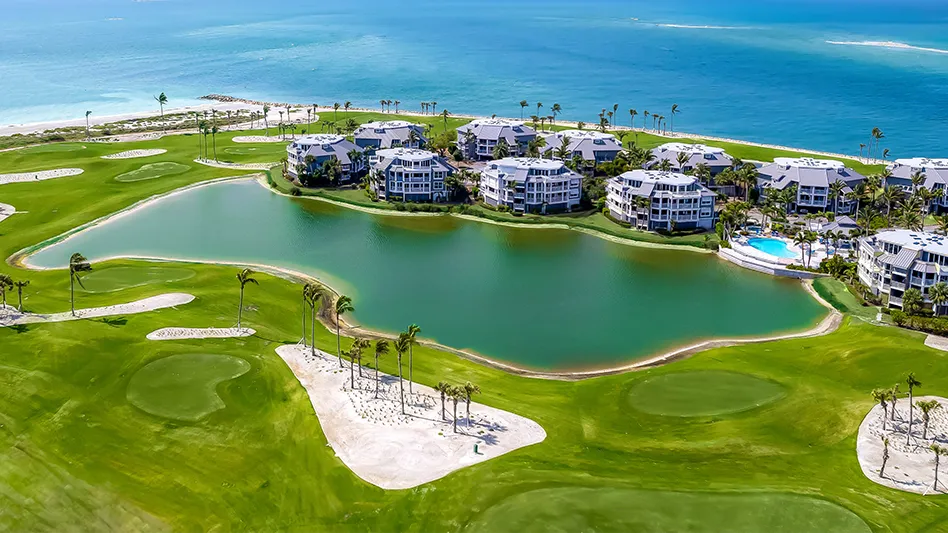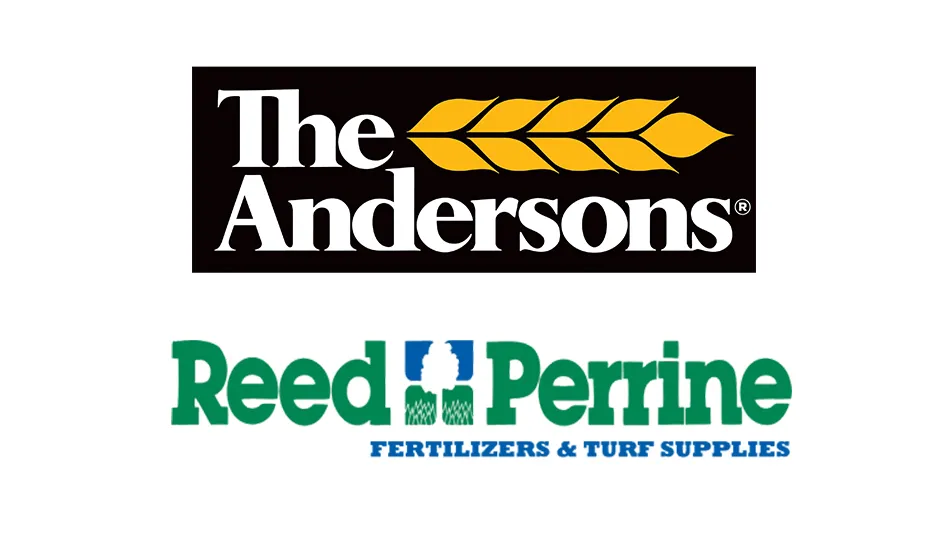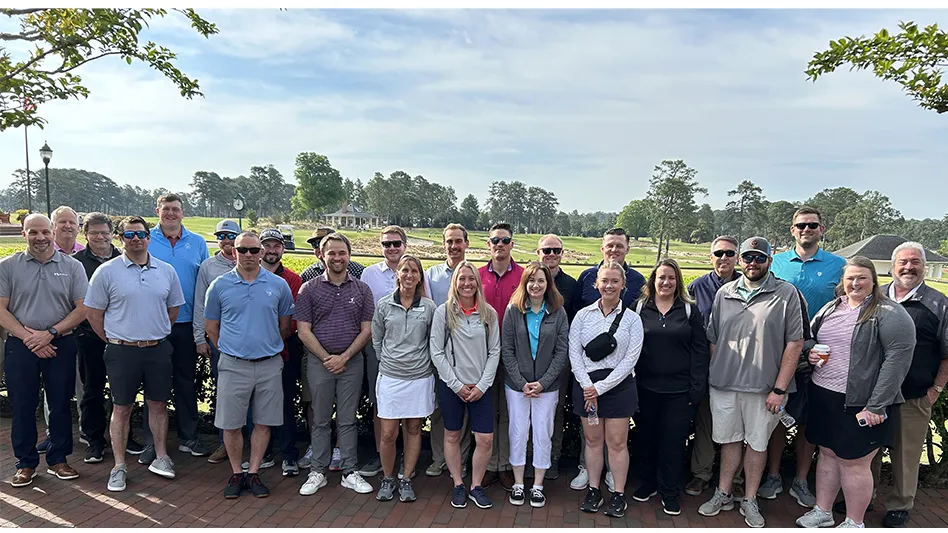 While quality of cut is the primary motivator for reel and blade maintenance, superintendents and equipment technicians seem to subscribe to a philosophy that is more gut instinct than regimented planning.
While quality of cut is the primary motivator for reel and blade maintenance, superintendents and equipment technicians seem to subscribe to a philosophy that is more gut instinct than regimented planning.
For example, three quarters (75 percent) of turfheads and equipment technicians asked told GCI they grind “whenever it needs it,” and not based on a set number of hours (3 percent), days in operation (2 percent) or weeks of use (3 percent).
When they do the majority spin and relief grind (63 percent), with only 38 percent solely spin grinding. In addition, according to the survey, 68 percent of respondents indicated they lap.
And while nearly everyone you ask has a particular opinion regarding their unique approach to grinding and sharpening, more than three quarters (77 percent) indicated they were open to hearing other opinions and philosophies on the subject.
This is the first of a two-part analysis examining this research. The first provides a wider view of the findings, examining the data as a whole as well as a broader outlook of reel and blade maintenance philosophies.
In the August issue, we’ll dial down on this data, providing a breakdown of some of the key findings based on operating budget, private vs. nonprivate facility, as well as geography.
It’s important to note that GCI, in partnership with Foley United, developed a reel and blade maintenance questionnaire that was distributed to GCI’s readership in the United States via the online survey portal, SurveyMonkey. In addition, GCI editors conducted follow up interviews for insight and views on the following data.
Among those who participated in the research, nearly three quarters (73 percent) were golf course superintendents and 15 percent were equipment technicians. More than half (62 percent) of respondents worked at non-private courses and reported an annual operating budget of less than $500,000 (48 percent). According to the data, respondents used a variety of brands for reel and bedknife grinding, the majority of which included Foley, Neary, Bernhard, and Peerless (in no particular order). – The editors
Grind time
Very few superintendents and technicians follow a regimented schedule to grind their reels. The majority (75 percent) take an educated guess about when it’s time to grind. So what determines this? Many say it’s a noticeable decline in the quality of cut (typically tearing of the grass blade), and/or course conditions (recent topdressing), as well as basing it on regular visual inspections. Nearly a fifth (17 percent) subscribe to an end-of-season or during-winter regimen for grinding and sharpening.
Likewise, respondents didn’t see much of a deviation in the frequency of their reel maintenance activities. For example, more than half (57 percent) said they grind the same amount today as they were five years ago, and more than three quarters (78 percent) believed they’d maintain this same frequency in five years.

What really matters
The cut is king, according to survey respondents. Nearly all ranked quality of cut as the most important aspect associated with reel maintenance. Next to quality of cut, importance was placed on frequency of service (time between grinding, adjusting, lapping) and overall cost of the machine.
Superintendents and technicians placed the least amount of importance on manufacturer established cutting unit maintenance methods, which was closely followed by the amount of time it takes to grind a reel.


Philosophies
Surprisingly, superintendents and technicians aren’t married to how they maintain their reel cutting units. In fact, more than three quarters says they’re open to other options or definitely need to change or update their grinding practices. However, nearly a fifth (19 percent) of respondents have no intentions of changing their routines in the foreseeable future.
So where did respondents learn these reel maintenance practices? The majority point to on-the-job training, with 45 percent learning from the course’s equipment technician and 40 percent from the course superintendent (presumably while they were an up-and-coming assistant). Very few, though, relied on online training resources (websites or YouTube).

Keep it in-house
Superintendents and equipment technicians aren’t keen on the idea of contracting out their reel maintenance duties. An overwhelming majority of respondents (90 percent) indicated they keep these duties strictly in-house. Likewise, 81 percent said they would not consider contracting this out in the future.
When asked why, respondents primarily cited the cost and waste of facility resources in contracting out reel maintenance duties. In addition, some respondents touted their technicians’ and/or mechanics’ grinding and sharpening prowess.

 Grinding away
Grinding away
Nearly half of superintendents and technicians (48%) believe the average life expectancy on reel and bedknife grinding equipment is between 10 and 15 years. Likewise, 35% of survey respondents believe this equipment should last more than 15 years.
– GCI/Foley United research
Do You...?

Specs
Nearly all of the respondents (83 percent) said they grind new bedknives.
However, the jury is out on whether following the manufacturer's specifications had an impact on maintaining and/or extending reel life in between service.

When asked to describe their No. 1 frustration with reel maintenance, the majority of superintendents and technicians cited the time required – including grinding, sharpening, set up and adjustments – to complete the process.
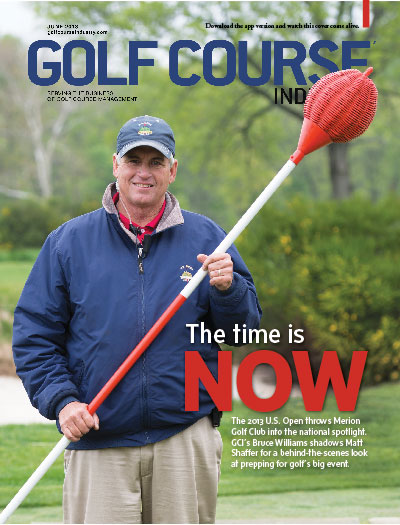
Explore the June 2013 Issue
Check out more from this issue and find you next story to read.
Latest from Golf Course Industry
- USGA opens Golf House Pinehurst
- Bernhard Academy expands leadership team
- Another record year for research
- The Highlands pays more homage to Ross
- Audubon International adds veteran superintendent to leadership team
- South Florida simmer
- Devising safer landings
- SiteOne adds Durentis to product offerings
